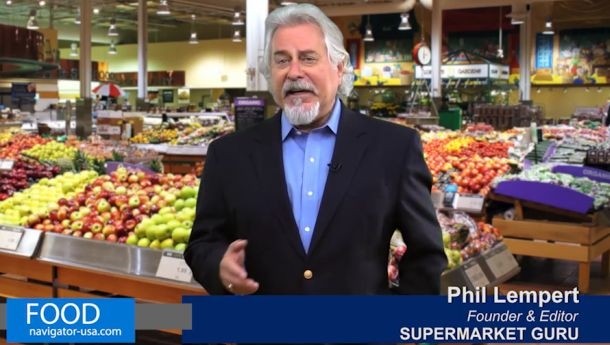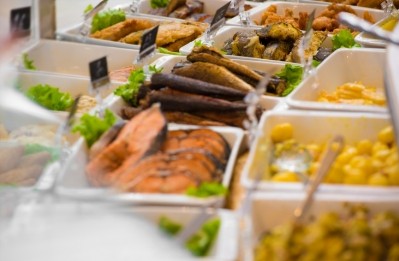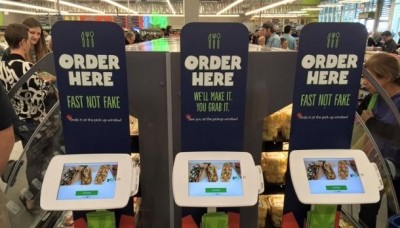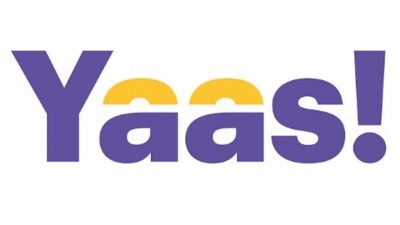Brands risk becoming ‘invisible’ in the grocerant boom, warns supermarket guru

The grocerant category (hot or cold ready to eat/heat food sold in grocery stores) grew by an estimated 10.8% in 2016, according to Technomic, with 61% of consumers purchasing retailer meal solutions (RMS) at least once a month. This compared to 56% of consumers ordering from fast-casual restaurants that same year.
Phil Lempert, founder of SupermarketGuru, told FoodNavigator-USA that whilst this rise was welcomed by retailers operating in the grocerant space, for brands it primarily created hurdles.
“National brands have been losing market share; especially the older, iconic brands. The new upstart brands have been doing well but now they’re going to have a tougher road as well.
“…As more people eat in grocerants and less prepare foods and eat them at home, brands become invisible as the grocerant branding is that of the store, not of the brands of foods they are using on the menu. The exception is beverages.”
Price drops, private brands and shrinking shelf space
Lempert said as retailers focused energies on building a foodservice-type offer in store - and the lines between food retail and foodservice continued to blur, plenty would change in terms of stocking, pricing and store layouts – all of which would be seen in the new Amazon-Whole Foods merger.
“One of the first things we’ll see Amazon do in Whole Foods is reduce prices to bring customers in, and this will happen across the board…[Brands] are not going to be happy, but I don’t know if they’re going to have a choice. They’ll be happy to stay on shelf but it’s a different game now.”
He predicted that Amazon also likely would follow in the footsteps of Lidl and Aldi with a greater focus on private brands.
“Look what’s going on with Aldi and Lidl pushing private brands – 90% of what they sell is private brand. What we’re going to see, I believe, is that Whole Foods is going to really push its private brands as well. Amazon has been pushing its own brands in food and beverage for probably a year and a half already, so clearly that’s a direction it is going to take Whole Foods.”
Overall, he said competition would be far tougher in the aisles, exacerbated by reduced shelf-space because grocerant and fresh food offers would be prioritized over shelf-stable center of store packaged food brands.
Cut SKUs and partner up
Asked what food and beverage brands could do about such changes, Lempert said strategic re-thinks would be vital.
“It’s going to have to be a combination of cutting SKUs – do we really need different brands of Cheerios in ten different sizes? – and companies will also have to reduce their core product line.”
When reducing product lines, he said it would be important to promote and expand high quality and on-trend products and that partnerships could also be helpful.
“What they can do is create incubators or invest in smaller companies and smaller brands… I think they’re going to find some of these other emerging brands and either partner with them or buy them in order to maintain business. I think for a lot of these companies, partnering with delivery companies – certainly with Amazon and everything Amazon is doing - will be the way to go.”
Soon, he said, every brand would be “clambering to be part of the Amazon network”.
Shift into the grocerant space…
Lempert said food and beverage owners would also benefit hugely by side-stepping directly into grocerants, rather than just battling this trend from the center of the store.
“The rise of grocerants afford brands a unique opportunity to expand their offerings into the foodservice sector.”
Chobani, he said, was a good example of this as the brand had set up a yogurt station in Weis Markets, Pennsylvania and was developing plans to roll these stations out across Target too.
However, a lot could also be done with branded menu and recipe cards and collaboration with chefs.
“At the National Restaurant Association’s (NRA) ‘Foodservice @ Retail’ Summit, the number one request from retailers of national brands was the request for culinary collaboration – having their grocerant teams visit and learn from the brands’ culinarians and empower them with new trends, recipes and techniques.
“Recruitment and training of labor is the number one concern of grocerant operators and those brands that help them satisfy this need will be the ones who become their valued partners. In the US, NestlePro, Rich’s and Coca-Cola are leading this effort and building their grocerant businesses.”









